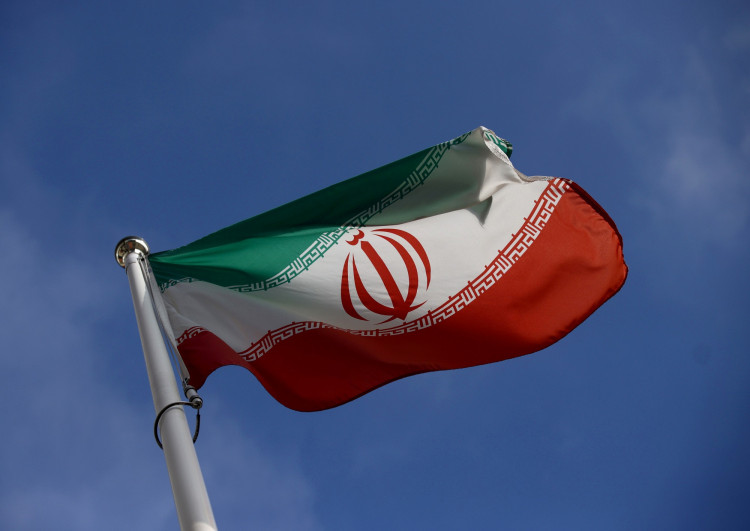Recent satellite imagery indicates that an apparent Israeli attack targeted an air defense radar in Isfahan, central Iran, contradicting Iran's claims of no significant damage. This incident, involving a Russian-made S-300 radar, highlights the ongoing shadow war between Israel and Iran, which has seen escalating tensions in light of broader regional conflicts.
The satellite photos, taken by Planet Labs PBC the day after the reported strike, show signs of damage near Isfahan's dual-use airport and air base-specifically burn marks around what is identified as a "flap-lid" radar system used with the S-300 missile system. This system is crucial for Iran as it protects strategic locations, including nuclear sites. Analyst Chris Biggers noted the precision of the strike and the absence of key missile system components from the site post-attack, underscoring the impact of the operation.
Despite Iranian officials, including Foreign Minister Hossein Amirabdollahian and spokesman Nasser Kanaani, downplaying the severity of the attack and describing the projectiles as insignificant, the evidence suggests a calculated strike with significant implications. Amirabdollahian's remarks to NBC News minimized the event, claiming the objects were akin to "toys." However, this contrasts sharply with the findings on the ground and subsequent analyses.
The timing of the strike is particularly sensitive. Coming after Iran's large-scale drone-and-missile attack on Israel on April 13, this incident appears to be a pointed demonstration of Israel's capability to breach Iranian defenses, despite the public rhetoric. Nicole Grajewski of the Carnegie Endowment noted the strike not only demonstrates Israel's ability to penetrate Iran's air defenses but also sends a clear message about its precision capabilities.
Moreover, the attack's timing coincides with a suspected Israeli operation against a radar station in Syria, indicating a broader strategic pattern. Reports suggest that Israeli jets may have launched missiles into Iran from over Iraqi airspace, showing the complex interplay of regional dynamics.
Iran's relationship with Russia, the supplier of the S-300 system, adds another layer of complexity. The $800 million deal, initially frozen due to international pressure, was only fulfilled after the 2015 nuclear agreement. With Iran continuing to seek advanced weaponry from Russia, the damage to the S-300 system could prompt Tehran to accelerate these efforts.
The strike and its fallout occur against a backdrop of heightened regional tensions, with both Iran and Israel engaging in tit-for-tat attacks. Iranian President Ebrahim Raisi's comments during a visit to Pakistan underscored the ongoing support for Palestinian resistance and hinted at the potential for further escalation.






